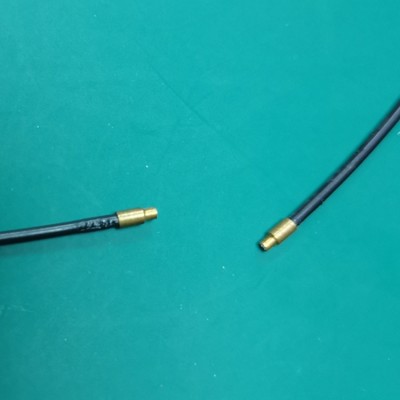



The fiber optic virus detection connector is a special connection device that combines fiber optic sensing technology with virus detection function. Its core function is to build a channel for optical signal transmission and sensor interaction in the virus detection system. It integrates the optical properties of optical fiber (such as light reflection, refraction, interference, etc.) with biological detection technology (such as immunofluorescence, nucleic acid hybridization, surface plasmon resonance, etc.) to achieve optical signal collection, transmission and analysis of virus samples.
Core functions and technical features
1. Optical signal transmission and sensor integration
2. Biocompatibility design
3. Detection system adaptability
Application scenarios and technical value
1. Instant detection: In portable virus detection equipment, the connector can quickly connect the optical fiber sensor probe and the handheld analysis terminal, and use the optical signal to feedback the concentration of viral antigen/nucleic acid in real time, which is suitable for on-site epidemic screening (such as new coronavirus and influenza virus detection).
2. Laboratory high-throughput detection: As a key component of the automated detection platform, the connector can simultaneously access multi-channel optical fibers, transmit optical signals of multiple samples in parallel, and improve the efficiency of virus detection (such as batch sample analysis of the CDC).
3. Virus characteristic research: The interaction between viruses and drugs is monitored through optical fiber spectroscopy technology. The connector can transmit high-stability optical signals to assist in studying the characteristics of viral envelope protein structure, nucleic acid variation, etc.